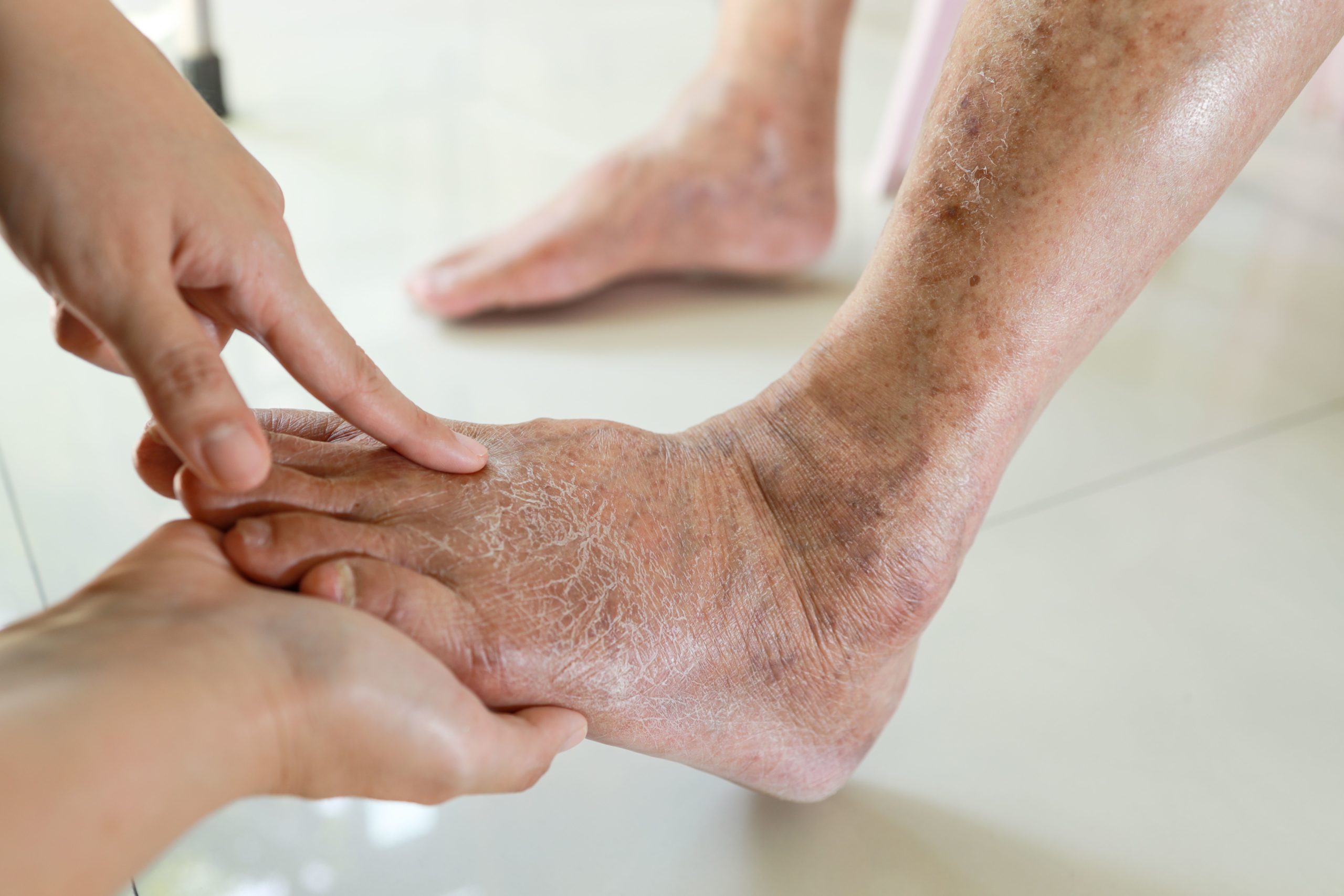Peripheral Arterial Disease has no cure. However, lifestyle changes can help reduce the symptoms of the disease. PAD can lead to severe health conditions, even amputation, if not treated on time. Further lowering the risk of stroke, coronary heart disease, heart attacks, etc., can be accomplished by treating peripheral artery disease. The question concerning most PAD sufferers is: Can peripheral artery disease be reversed?
Can peripheral artery disease be reversed?
Reversing advanced-stage PAD is quite challenging, but we can slow the progression of peripheral artery disease. The symptoms of PAD can be improved with various therapies, but untreated PAD can have significant health repercussions. Some of these lifestyle modifications can help reduce the symptoms of PAD:
Exercise
A physical activity routine can help reduce the symptoms of PAD, which can be done through various exercises. These exercises may include walking as a way to keep your body active.
Walking
Walking helps your veins stay in action and keep the blood moving. It will not only make your blood flow efficient but will also help with your physical fitness. However, it is not a reversal treatment but can help control peripheral arterial disease.
Medications
Medications and consistent treatment have proven to slow down the progression of PAD. Certain medications effectively reduce the future complications associated with this disease and help manage its symptoms. Antiplatelet drugs and cholesterol-lowering medicines reduce lipid content in arteries, prevent blood clotting, and manage underlying conditions like diabetes that can worsen PAD.
Blood sugar control
Although blood sugar levels and PAD aren’t directly connected, controlling blood sugar in PAD patients prevents the disease from worsening and reduces the risk of amputation. High blood pressure damages blood vessels by narrowing them, increasing the risk of complications in PAD. Prevention of further complications helps reduce the progression of PAD.
Foot Care
Specific foot exercises stimulate blood flow and can help reverse PAD without amputation. Individuals with PAD have feet that are susceptible to ulcers and infections. It is essential to regularly check the feet for blisters, sores, or infections. Washing the feet with warm water and mild soap, drying the gaps between toes, and preventing cracks and dry skin are essential foot care practices.
Dealing with PAD is easier with early diagnosis. Early detection prevents severe consequences and helps manage symptoms, avoiding non-healing ulcers, gangrene, and limb loss.




